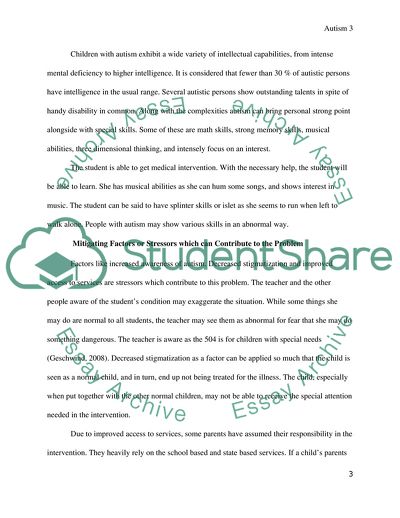Cite this document
(Intervention Proposal for Autistic Student Research Example | Topics and Well Written Essays - 2000 words, n.d.)
Intervention Proposal for Autistic Student Research Example | Topics and Well Written Essays - 2000 words. https://studentshare.org/psychology/1788418-intervention-proposal-for-autistic-student
Intervention Proposal for Autistic Student Research Example | Topics and Well Written Essays - 2000 words. https://studentshare.org/psychology/1788418-intervention-proposal-for-autistic-student
(Intervention Proposal for Autistic Student Research Example | Topics and Well Written Essays - 2000 Words)
Intervention Proposal for Autistic Student Research Example | Topics and Well Written Essays - 2000 Words. https://studentshare.org/psychology/1788418-intervention-proposal-for-autistic-student.
Intervention Proposal for Autistic Student Research Example | Topics and Well Written Essays - 2000 Words. https://studentshare.org/psychology/1788418-intervention-proposal-for-autistic-student.
“Intervention Proposal for Autistic Student Research Example | Topics and Well Written Essays - 2000 Words”. https://studentshare.org/psychology/1788418-intervention-proposal-for-autistic-student.


